Cold Climate Gardening Tips for Maine’s Short Growing Season
Maximize your Maine garden’s potential with these cold-climate gardening tips. Learn to extend your season and grow more in less time.
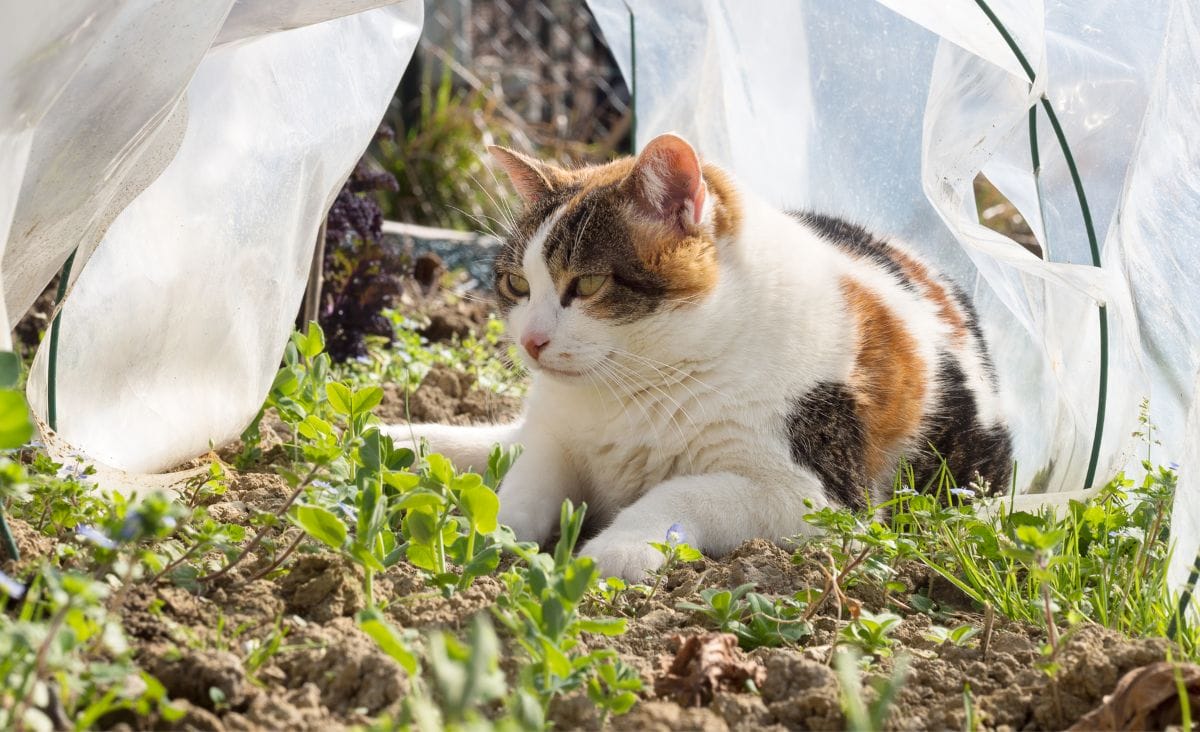
Gardening in Maine is both a challenge and a reward. With our short growing season and unpredictable weather, it can feel like every harvest is a small miracle. But with the right strategies, you can maximize your garden’s potential and grow a bounty even in cold climates.
This guide dives into proven tips for gardening in Maine’s short growing season. From choosing the right crops to using season-extending techniques, I’ll share what I’ve learned as a homesteader in Maine, tackling frost dates and rocky soil head-on. If you’re ready to embrace the joys of cold-climate gardening, keep reading.
Understanding Maine’s Growing Season
Maine’s growing season varies depending on where you live, ranging from about 90 to 150 frost-free days.
- Know Your Zone: Most of Maine falls between USDA Hardiness Zones 3 and 5. Use this information to select crops suited to your climate.
- Frost Dates: The average last frost date can be as late as mid-June in northern Maine and as early as late May in southern regions. The first frost hits around mid-September to early October. Knowing these dates helps you plan effectively.
I learned the hard way one year when I planted tomatoes too early, only to lose them to an unexpected frost. Now, I rely on row covers and frost dates to protect my crops.
Choosing the Right Crops
Some vegetables thrive in cooler climates and are perfectly suited for Maine’s short growing season.
Cool Season Crops
Cool-season crops are a great choice because they can withstand lower temperatures and often mature quickly. Leafy greens like spinach, kale, and lettuce not only grow well but can also be harvested multiple times throughout the season, making them highly productive. Root vegetables such as carrots, radishes, and beets thrive in Maine’s rocky soil when it’s properly amended with compost. Brassicas, including broccoli, cabbage, and cauliflower, are particularly hardy and perform exceptionally well when planted early in the season.
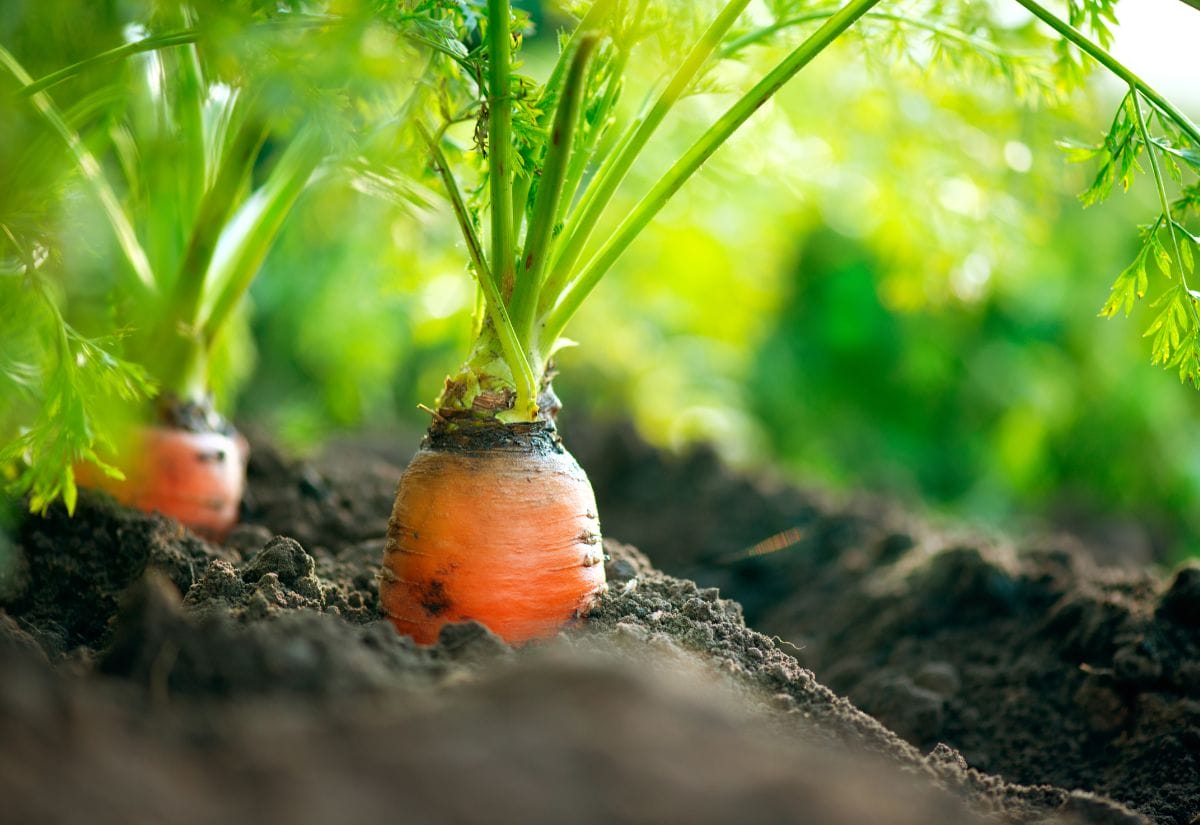
Warm Season Crops
Warm-season crops like tomatoes, peppers, and squash require a bit more care but can still be successfully grown in Maine with the right techniques. These plants need higher soil temperatures and protection from frost, so starting them indoors or using season-extending tools like row covers, cloches, or greenhouses is essential. Tomatoes, for instance, benefit from being planted in black plastic mulch, which helps to warm the soil faster in the spring. With proper planning and a little extra effort, these warm-season favorites can produce abundantly even in a cold-climate garden.
Pro Tip: Look for seeds labeled “short-season” or “early-maturing” for the best results.
Start Seeds Early
Starting seeds indoors or using a technique called Winter Sowing can give you a head start on Maine’s short growing season.
- When to Start: Begin seeds 6–8 weeks before your last frost date.
- Lighting: Use grow lights or a sunny windowsill to ensure strong, healthy seedlings.
- Hardening Off: Transition your plants to the outdoors gradually over 7–10 days to prevent shock.
If starting seeds indoors isn’t an option, consider direct-sowing cold-hardy crops like peas and spinach as soon as the soil is workable. Pair this with row covers for extra protection.
Season Extension Techniques
In Maine’s short growing season, season extension techniques are a gardener’s best ally for protecting plants from frost and cold temperatures. These methods can help you start planting earlier in the spring, extend your harvest into late fall, and even overwinter some crops for an early spring yield.
Row Covers
Lightweight fabric row covers are an excellent tool for protecting crops from frost, pests, and even wind damage. They allow sunlight and moisture to reach your plants while providing an insulating layer that can raise the temperature around the plants by a few degrees. Use row covers for early crops like lettuce, spinach, and peas, or place them over warm-season vegetables to shield them during unexpected cold snaps.
Cold Frames
Acting like mini greenhouses, cold frames are simple structures made of transparent materials such as old windows or polycarbonate panels. They capture and trap heat from the sun, creating a warm microenvironment for plants. Cold frames are perfect for starting hardy greens like kale and spinach in late winter or early spring. They’re also ideal for extending the growing season into late fall by protecting crops from frost. You can even use them to harden off seedlings before transplanting them outdoors.
Mulching
A thick layer of mulch, such as straw, shredded leaves, or even wood chips, can insulate the soil and protect root crops like carrots, beets, and parsnips from freezing. Mulch also helps retain soil moisture, reduces temperature fluctuations, and suppresses weeds. For extra protection, consider using a combination of mulch and row covers over late-season root vegetables to harvest well into the colder months.
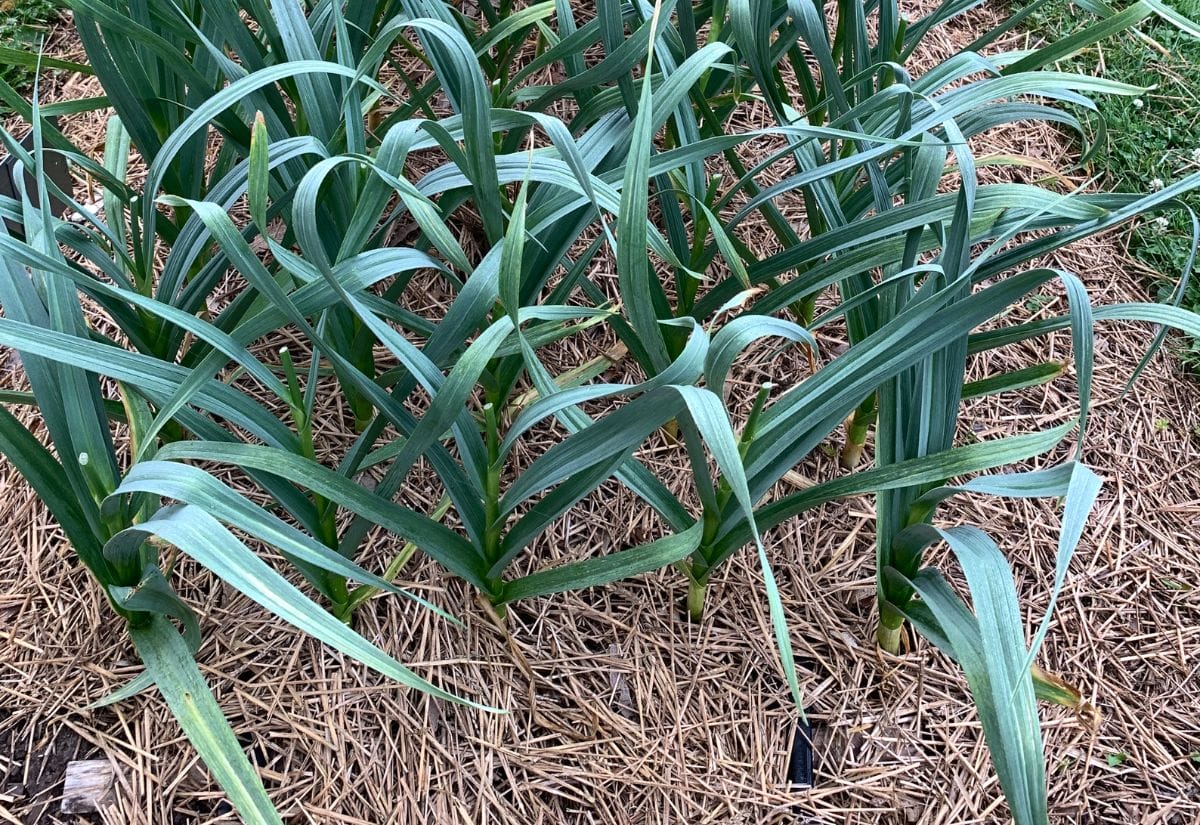
Low Tunnels
Similar to row covers, low tunnels use flexible hoops covered with plastic or fabric to create a protected growing space. These structures are more durable than basic row covers and can offer greater frost protection. Low tunnels are particularly effective for growing cool-season crops like spinach, broccoli, and radishes during early spring or late fall.
Black Plastic or Clear Plastic Covers
Covering garden beds with black plastic in the early spring can help warm the soil more quickly, making it possible to plant warm-season crops sooner. Clear plastic is also effective and can double as a quick way to create a greenhouse effect for individual rows or sections of your garden.
Cloches and DIY Covers
Individual plants can benefit from cloches made from materials like glass jars, plastic bottles, or specialized bell-shaped garden covers. These are great for protecting delicate seedlings from frost and wind while allowing sunlight to reach them. DIY options, like cutting the tops off plastic milk jugs, can be an affordable way to shield plants during chilly nights.
By combining these techniques, you can significantly extend your growing season, protect vulnerable crops, and increase your garden’s overall productivity. Season extension not only allows you to maximize your harvest but also helps you enjoy fresh produce for a longer portion of the year.
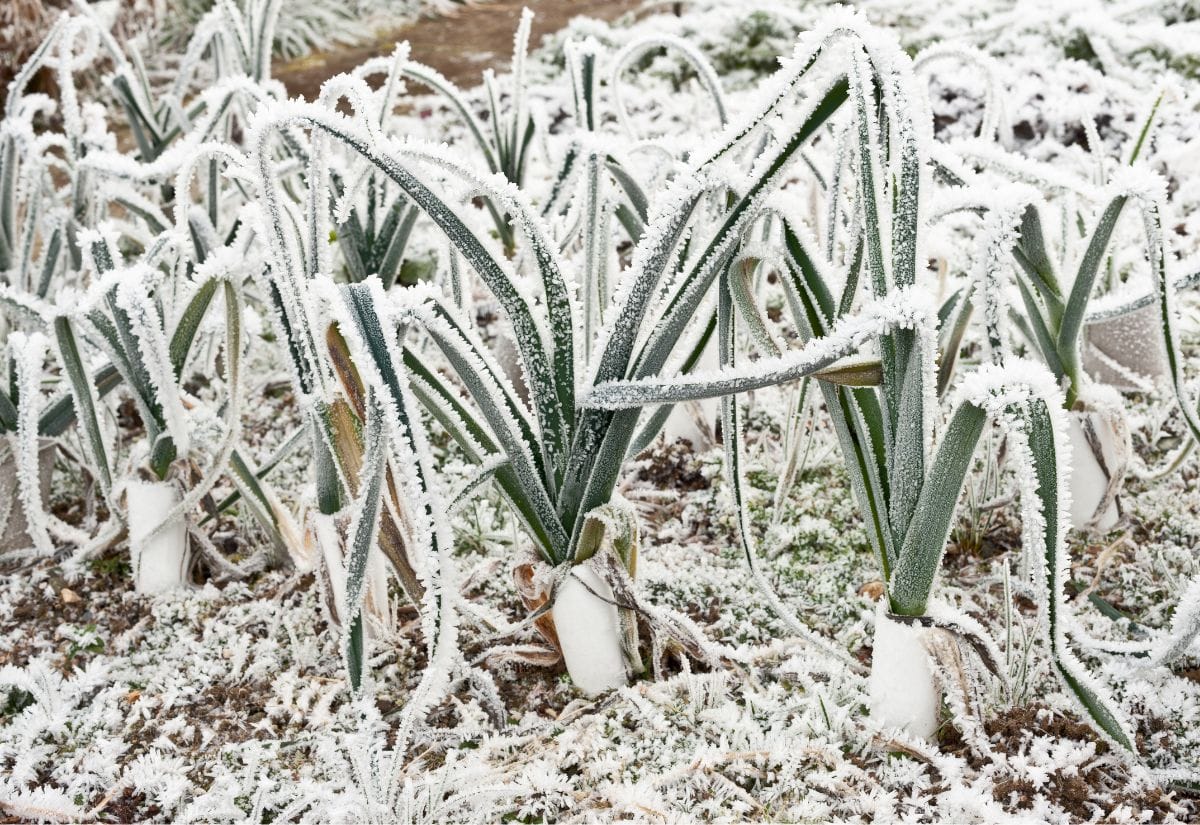
Common Questions About Cold-Climate Gardening
Pin now, so you’re ready for Maine’s short growing season!
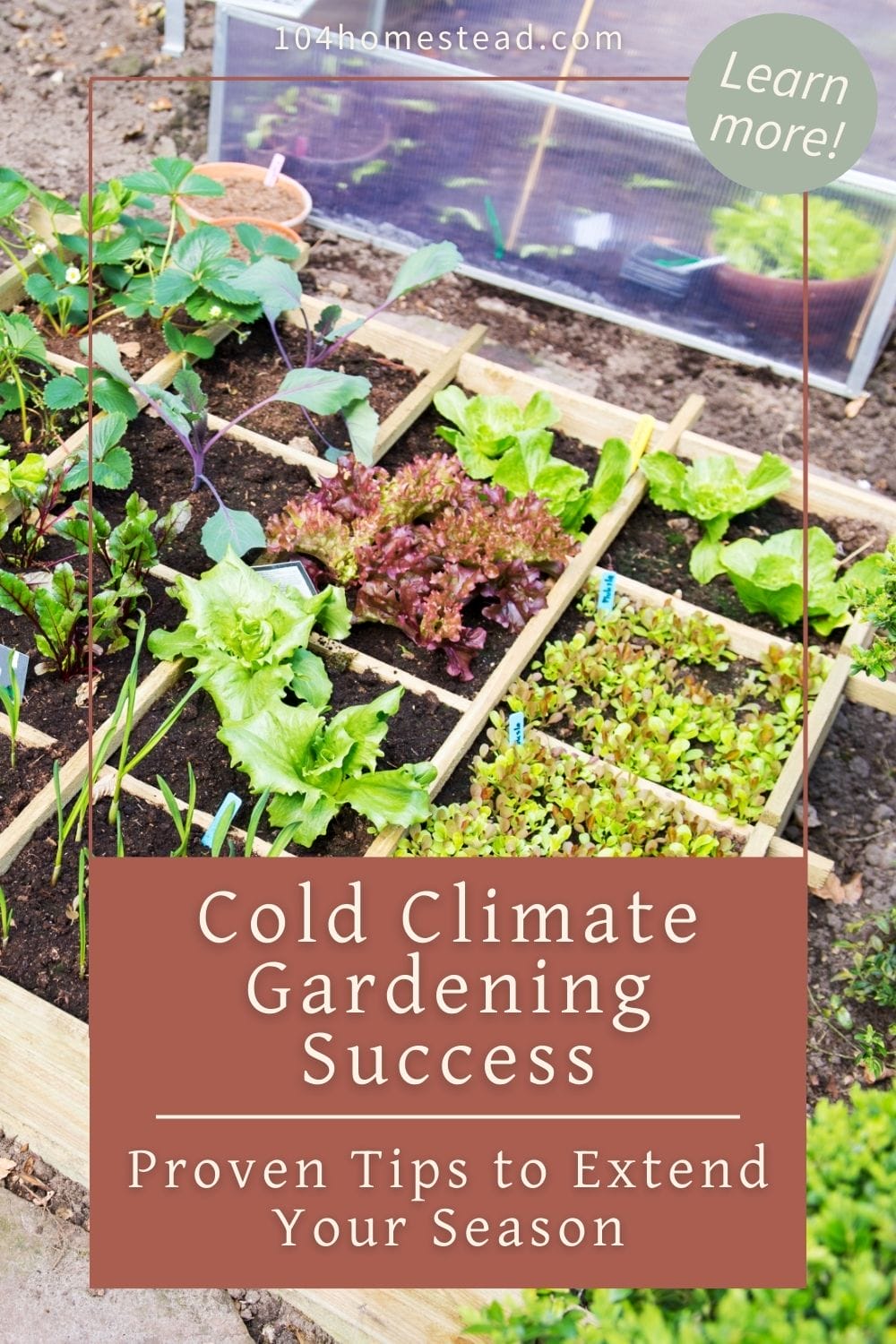
Gardening in Maine’s cold climate comes with its challenges, but the rewards are well worth it. With the right crops, techniques, and timing, you can enjoy a productive and thriving garden, even with a short season.
Creating a productive garden in a cold climate goes hand in hand with sustainable practices and supporting local ecosystems. Incorporating flowers that attract and sustain pollinators like bees can significantly boost your garden’s yield. Additionally, using methods to maximize planting space and timing ensures every inch of your garden is working efficiently. For more ideas on how to create a garden that thrives while being eco-conscious, check out my favorite strategies for building a sustainable and pollinator-friendly space.
What strategies have you used to overcome a short growing season? Share your tips in the comments—I’d love to hear them!




